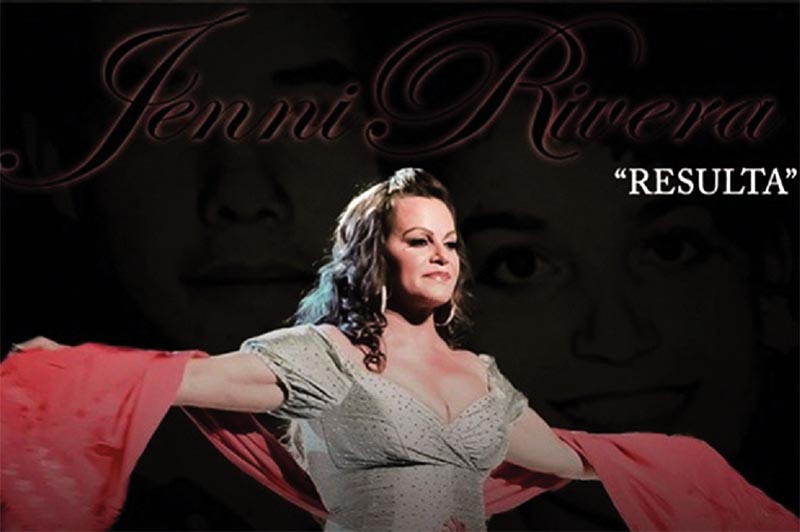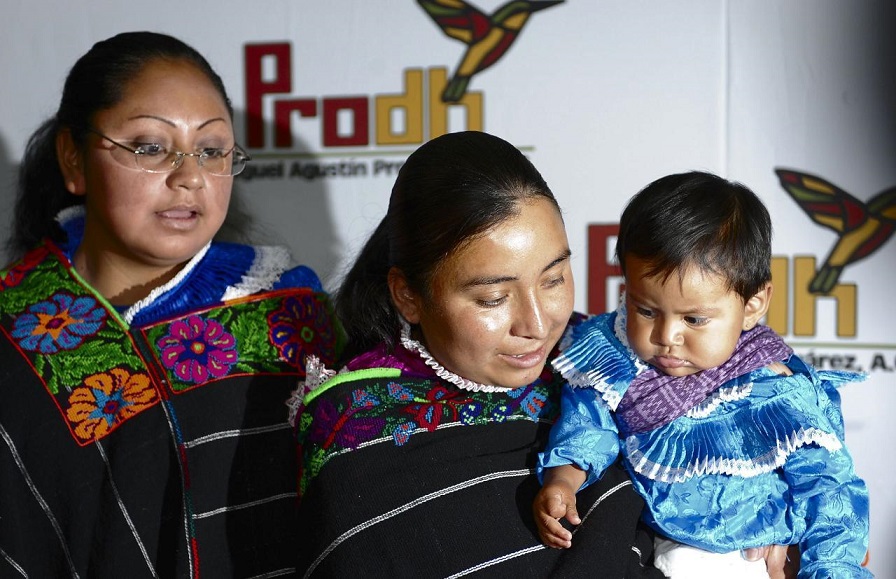[Author]FROM THE EDITOR:
Dear readers:[/Author]
I received the following article (below) from a very knowledgeable man in the Constitution of the United States, who has written intensely on the subject of freedom and government corruption for many years. He wrote me back and emailed me this following article. I won’t say his name to protect his privacy.
Please make your judgment and don’t believe what he says. Do your own research if you can, but you and all of us must understand how the system that governs us all, works.
The email that I sent out was about a message from Anonymous, the personage that wears a stylised Guy Fawkes mask that you’ve probably seen before in emails or in news.
After seeing the video, he responded with the article below:
“Disrupting and ridicule is a waste of time. Knowledge is where our salvation lies. See the following and let others have access to it.”
(THE OFFICE OF PERSON) Public “means” State
Any time you see things like, “public servant,” it means “State Servant”. Or when you see anything that refers to THE PUBLIC, it means, “The State.”
Everyone assumes that “public” means: the people. It has nothing to do with “people”. It means the STATE! Or State: They are synonymous.
In other words, a “Public Servant” does not serve YOU, meaning YOU are not the public. A “Public Servant” means a “State Servant” who only serves the fictitious corporation called the “State.”.
This is why no attorney working for a “State” [Public] Office serving only the “State” can answer any legal questions for YOU, and why they will always tell you they can NOT give YOU any legal advice!
Now think about that. “IF” government [State, Federal] was by the “private people” for the “private people”, where WE the “private people” created government [State] for OURSELVES to serve us, then wouldn’t every “State” [Public] Official be obligated to answer any of your legal questions? Wouldn’t they be obligated to provide YOU will any legal advice you ask for? Well “IF” they were truly YOUR State [Public] Officials serving YOU as the creator of the government [State] then, yes, they most certainly would be obligated to provide you with any legal advice you ask for?
However, if YOU as one of the “private people” actually are NOT the creator of government [State] and that government [State] was actually just created by only a select group of men who are the only creators of it, then that would make government [State] completely foreign to you as one of the “private people.”
Now that would be more logical as to why all government [State] Officials and their attorneys would always tell you that they cannot give you any legal advice and tell you that you must contact a private attorney instead.
By the way, speaking of attorneys in general regardless of whether they are government [State] attorneys or private attorneys, have you ever seen any attorney ever actually give you any legal FACTS? Have you ever seen any attorney willing to put his legal determination in writing swearing that his legal determination is indeed FACT?
The only thing I have seen is OPINIONS being given. Even the government [State] State Attorney General that issues written legal determinations are nothing but written OPINIONS of the State Attorney General. Every single letter ever written by a State Attorney General issued to a State Office or State Official or Judge is just that attorney’s own personal OPINION!
You know what they say about opinions. “Opinions are like assholes, everybody has one!”
If the best any attorney can ever offer you is just their own personal “opinion” when it comes to any legal matter or written law, then how could you ever possibly find an attorney that can ever properly defend you?
If you have for example, one attorney representing a plaintiff who presents nothing but his personal “opinions” of what some law may say, and then some other attorney who represents a defendant who presents his personal “opinions” of what some law may say, then some Judge will provide his personal “opinion” based on the two attorneys personal “opinions” they offered, and whatever personal “opinion” the Judge comes up with will be become his written “opinion” that will become a final order issued by the court. ALL based on nothing but personal “OPINIONS” and not one single FACT!
Now, who in their right frame of mind would ever choose to play such a game like that where you consent to be bound by a few “OPINIONS” that come from a few educated idiots? Since all they can offer is just “OPINIONS” then that means they can just make up anything they want because it is nothing but an “opinion” and they get immunity from liability no matter who is wronged in their personal “opinion.” YOU are the only one who is left holding the bag who is affected by the outcome of someone else’s personal “opinion” that is not based on actual FACT, but merely “OPINIONS”.
For those who choose to play the game, then this may be one way to stop a case from proceeding since to play the game, their rules entitle one to be represented by an attorney. If there is no attorney that can be found that can provide just the FACTS to properly represent one, then one cannot get an attorney to represent one’s self which is a violation of their rules of their game. Since the rules cannot be properly adhered to by being able to have an attorney that can represent one, then there is no way for the game [case] to be able to proceed leaving no choice but to fold up the game and just return everything back to its box!
Here is what Bouvier’s says for “STATE”
STATE:
In search for a verbal expression of that ENTITY which has been variously phrased as the “state”, the nation, the commonwealth, or the public, the first mentioned term was slow in coming into general use.
The “state” is just an ENTITY and that entity not being a real man or woman it is in fact fictitious in its existence.
Queen Elizabeth used the word republica in Latin or commonwealth in English. A statute referred to Guy Fawkes and others as having attempted “the overthrow of the whole state and commonwealth”: 3 Jac. I, c. 3; the Exchequer Chamber, in 1623, spoke of inconveniences introduced “in the republic” by remote limitations; Palm 335. The words “republic” and “commonwealth,” implying absence of a king, were abandoned only after 1600 when the word “state” came into use. It is little used in Blackstone, though he does speak of the “danger of the state”; 1 Com. 135.
Since 1600 the word “republic” and commonwealth” was replaced with the word “state.” Perhaps this is why there really was never a republic as a government and instead only a republican FORM of government which is a “state”. The people did not answer, since there is in opposition, the king and together they constitute the state or commonwealth. See “The Crown as Corporation,” by F.W. Maitland, 17 L. Q. R. 131, 136, which begins with this question: “The greatest artificial persons, politically speaking, are the state. But it depends on the legal institutions and forms of every commonwealth whether and how far the state or its titular head is officially treated as an artificial person.” Pollock, First Bk. of Jur.113. There, you have it! The “state” is an artificial person.
Body Politic! The body politic of the “state” is the people as members. The only members are those elected and appointed who becomes a member upon being elected or appointed. So the word “public” MEANS the “state” and only its members who are only those elected or appointed.
You, a private man or woman is not a member because you were not elected or appointed to become a member. Therefore whenever you hear the word, the public, it means the STATE and those who are members of the “STATE” who are only those who are elected or appointed to become members and serve the STATE as State [public] Officials.










